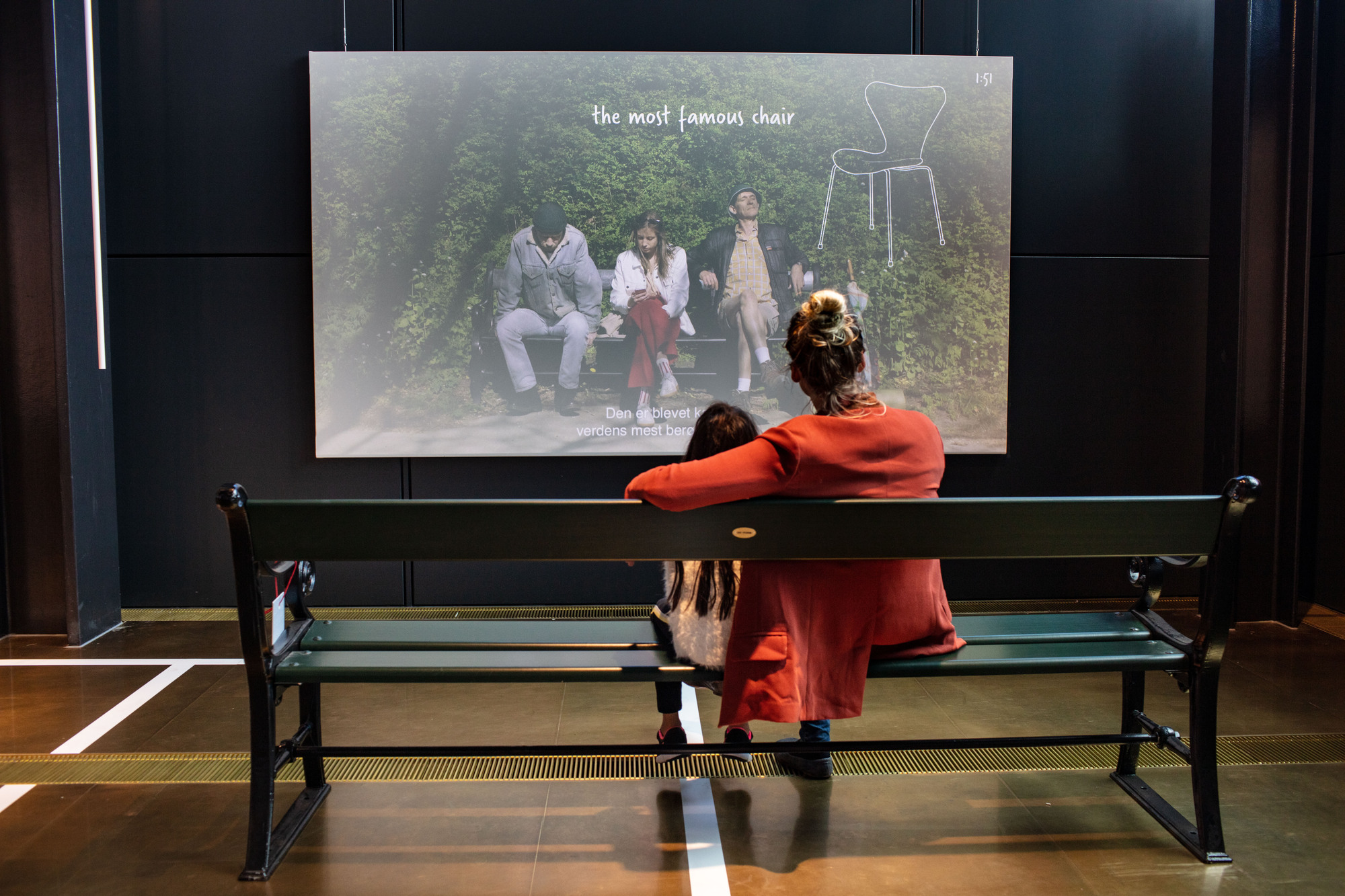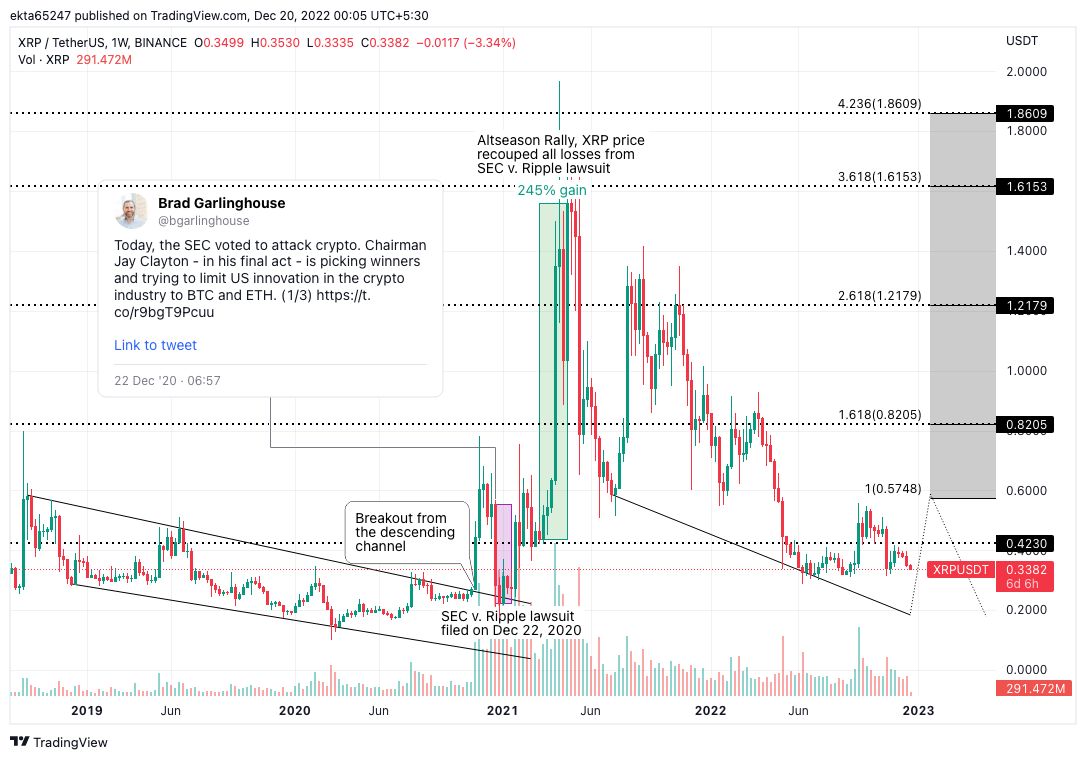South Korea's Housing Culture: A New Exhibition Explores Unique Designs

Table of Contents
Traditional Korean Housing: The Hanok's Enduring Legacy
The Hanok, Korea's traditional house, stands as a testament to centuries of architectural ingenuity. Understanding its design is crucial to grasping South Korea's housing culture.
Architectural Features of the Hanok:
- Focus on natural materials: Hanoks utilize readily available materials like wood, paper (Hanji), and stone, creating structures that blend seamlessly with the natural environment. This emphasis on natural, sustainable building practices is a key element of Korean architectural heritage.
- Ondol underfloor heating system: The ingenious Ondol system, a radiant floor heating system, is a defining feature of Hanoks. It provides comfortable warmth in the often-cold Korean winters, using minimal fuel and showcasing a sophisticated understanding of thermal engineering. This system continues to inspire modern heating solutions.
- Emphasis on natural light and ventilation: Hanoks are meticulously designed to maximize natural light and airflow, creating a comfortable and healthy living environment. Strategically placed windows and doors, along with courtyards, ensure optimal ventilation, reducing reliance on artificial climate control.
- The role of courtyards and gardens in Hanok design: Courtyards and gardens are integral to Hanok design, providing tranquil spaces for relaxation and contemplation. These green oases offer a connection with nature, highlighting the harmonious relationship between architecture and the natural world.
- Examples of Hanok preservation and adaptation in modern Seoul: Many efforts are underway to preserve and adapt Hanoks in modern Seoul. These include renovations that maintain traditional aesthetics while incorporating modern amenities, demonstrating a commitment to cultural preservation within the context of urban development. The Bukchon Hanok Village exemplifies this successful integration.
Hanok Influence on Modern Design:
The timeless elegance and practicality of Hanoks continue to inspire contemporary Korean architecture.
- Incorporation of traditional elements in contemporary homes: Modern architects increasingly incorporate Hanok elements, such as natural materials, open floor plans, and the use of courtyards, into their designs.
- The use of natural materials in modern Korean architecture: The emphasis on sustainable and natural building materials, a cornerstone of Hanok design, is gaining renewed popularity in modern Korean architecture. This reflects a growing awareness of environmental concerns and a desire to reconnect with traditional building techniques.
- The ongoing debate about balancing tradition and modernity: There is an ongoing dialogue among architects and designers about how to best integrate Hanok elements into modern designs without compromising functionality or aesthetics. This reflects the ongoing evolution of South Korea's housing culture.
- Examples of modern buildings incorporating Hanok elements: Several prominent examples of modern buildings successfully incorporating Hanok elements can be found throughout Seoul and other major cities. These showcase the versatility and enduring appeal of traditional design principles in a contemporary context.
- Mention specific architects or designers: Highlighting the work of specific architects and designers known for their innovative fusion of traditional and modern styles in their buildings adds further depth and relevance to the discussion.
Modern High-Rise Living in South Korea: Apartments and Urban Density
South Korea's rapid urbanization has led to the rise of high-rise apartment living, significantly shaping the nation's housing landscape.
The Rise of Apartment Living:
- Factors contributing to the popularity of apartments: Factors like convenience, affordability (relative to other housing options), and amenities contribute to the widespread popularity of apartments. The high density living is often preferred for its proximity to urban centers and transportation hubs.
- Variations in apartment design and size: Apartment sizes and designs vary significantly, depending on location, budget, and individual preferences. This range caters to diverse needs, from small studio apartments to spacious family residences.
- The role of location and amenities in apartment choices: Location and amenities play crucial roles in apartment selection. Proximity to schools, workplaces, transportation, and recreational facilities are major considerations.
- The impact of urban planning on apartment complexes: Urban planning greatly influences the design and layout of apartment complexes. Considerations include density, accessibility, and integration with surrounding infrastructure.
- Discuss the high-density living environment and its effects: The impact of high-density living on residents' lifestyles, social interactions, and overall well-being should be addressed. This includes both advantages and disadvantages.
Challenges and Innovations in High-Rise Design:
The challenges of high-rise living have spurred numerous innovations in design and technology.
- Addressing issues of space optimization in small apartments: Space optimization techniques, such as built-in storage, multi-functional furniture, and clever layout designs, are crucial in smaller apartments. This reflects a focus on maximizing space efficiency.
- Technological advancements in building materials and construction: Technological advancements in building materials and construction techniques have led to safer, more energy-efficient, and durable high-rise buildings.
- Sustainable design features and energy efficiency in high-rises: Sustainable design features, like green roofs, solar panels, and energy-efficient appliances, are increasingly incorporated into modern high-rise buildings. This reflects a growing commitment to environmental responsibility.
- Examples of innovative high-rise apartment buildings in Seoul: Mention specific examples of innovative high-rise buildings in Seoul showcasing unique design features and sustainable practices.
- Mention government initiatives aimed at improving housing standards: Discuss government initiatives that aim to improve housing standards, affordability, and sustainability in high-rise developments.
The Exhibition: A Closer Look at South Korea's Housing Culture
This new exhibition provides a comprehensive overview of South Korea's rich and diverse housing culture.
Key Exhibits and Displays:
The exhibition will likely feature:
- Architectural models and blueprints: Detailed models and blueprints of both traditional Hanoks and modern high-rise buildings will allow visitors to appreciate the architectural intricacies of each style.
- Photographic displays and historical documents: Historical photographs and documents will provide context and illustrate the evolution of Korean housing over time.
- Interactive exhibits showcasing design elements: Interactive exhibits will allow visitors to explore key design elements and learn about the materials and techniques used in constructing traditional and modern Korean homes.
- Potential inclusion of virtual reality or augmented reality experiences: The use of VR/AR technology could offer immersive experiences, allowing visitors to step inside a Hanok or explore the interior of a modern high-rise apartment.
- Curatorial approach and the story the exhibition seeks to tell: The exhibition's curatorial approach and the narrative it seeks to convey will shape the visitor experience and provide a deeper understanding of South Korea's housing culture.
Visitor Information and Accessibility:
(Insert specific details about location, dates, ticket information, website/social media links, accessibility features, educational programs, and partnerships once available.)
Conclusion
South Korea's housing culture, a blend of ancient traditions and modern innovation, offers a fascinating study in architectural adaptation and urban development. This new exhibition provides a unique opportunity to explore the evolution of Korean homes, from the serene elegance of Hanoks to the towering heights of modern high-rises. Don't miss the chance to immerse yourself in the captivating world of South Korea's Housing Culture; visit the exhibition today and witness the unique designs shaping the nation's homes. Learn more about South Korea's housing culture and discover the beauty and ingenuity of its architecture.

Featured Posts
-
 Fortnite Item Shop Update The Return Of Classic Skins After 1000 Days
May 02, 2025
Fortnite Item Shop Update The Return Of Classic Skins After 1000 Days
May 02, 2025 -
 Farages Whats App Messages Fuel Reform Party Civil War
May 02, 2025
Farages Whats App Messages Fuel Reform Party Civil War
May 02, 2025 -
 Christina Aguilera Fan Faces Backlash After Inappropriate Kiss
May 02, 2025
Christina Aguilera Fan Faces Backlash After Inappropriate Kiss
May 02, 2025 -
 Bbc Two Hd Full Newsround Programme Details
May 02, 2025
Bbc Two Hd Full Newsround Programme Details
May 02, 2025 -
 Should I Buy Xrp Ripple At The Current Price Under 3
May 02, 2025
Should I Buy Xrp Ripple At The Current Price Under 3
May 02, 2025
